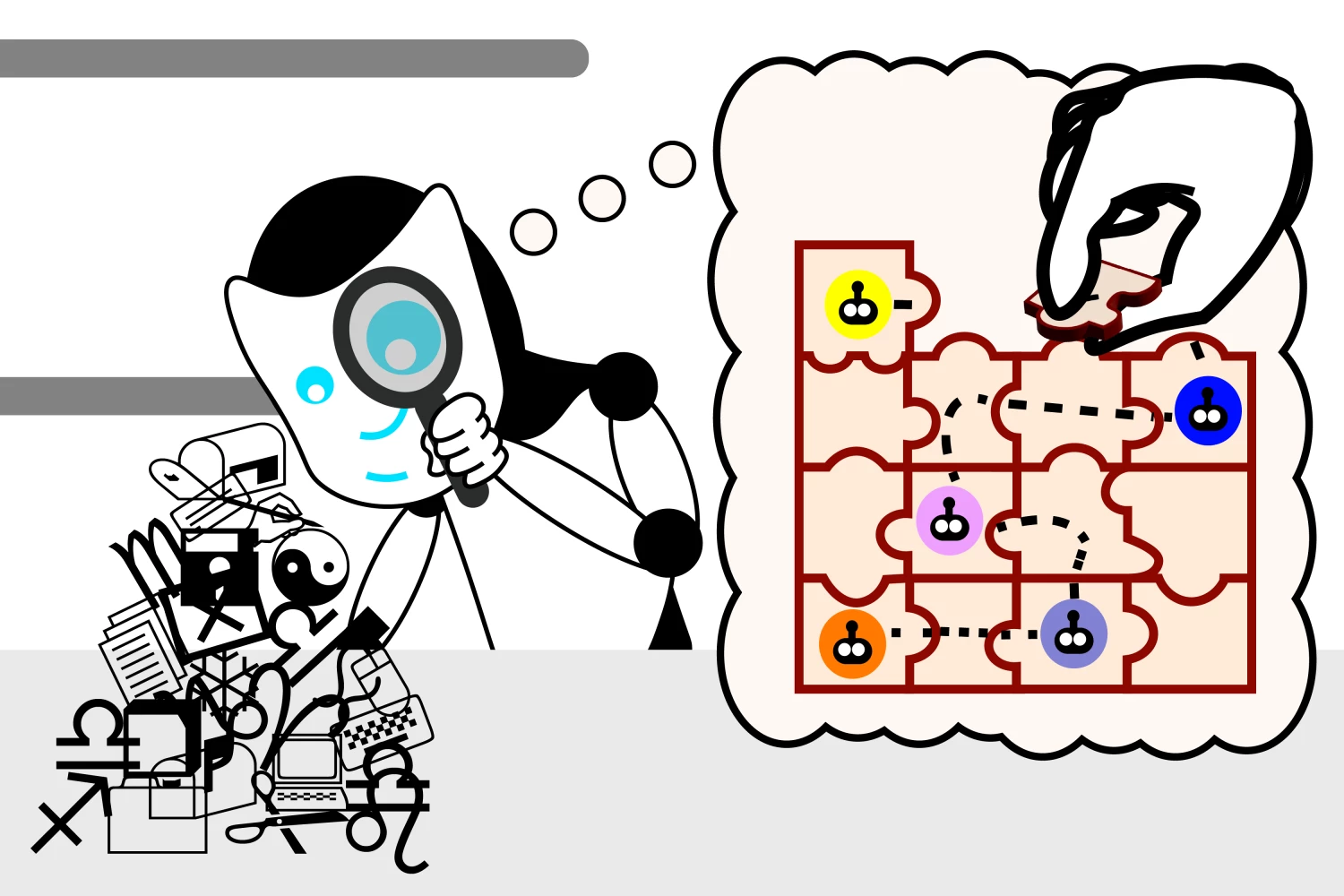Yeah, using image recognition on a screenshot of the desktop and directing a mouse around the screen with coordinates is definitely an intermediate implementation. Open Interpreter, Shell-GPT, LLM-Shell, and DemandGen make a little more sense to me for anything that can currently be done from a CLI, but I’ve never actually tested em.
- 1 Post
- 4 Comments
I was watching users test this out and am generally impressed. At one point, Claude tried to open Firefox, but it was not responding. So it killed the process from the console and restarted. A small thing, but not something I would have expected it to overcome this early. It’s clearly not ready for prime time (by their repeated warnings), but I’m happy to see these capabilities finally making it to a foundation model’s API. It’ll be interesting to see how much remains of GUIs (or high level programming languages for that matter) if/when AI can reliably translate common language to hardware behavior.

 1·3 months ago
1·3 months agoI did some source digging to hopefully best address your observations. Science journalism (even when internal and likely done in concert with the authors) is fundamentally a game of telephone. But looking at the source papers:
They say it in an incredibly formal way, but they do seem to come to the conclusion that the LLM develops understanding. The paper makes that case within an incredibly narrow context, but it does include:
We anticipate that this technique may be generally applicable to a broad range of semantic probing experiments. We argue that the observed semantic content cannot be fully attributed to a retrieval-like process, and instead requires the LM to perform some degree of generalization over the semantics. More broadly, we see programs and their precise formal semantics as a promising direction for working toward a deeper understanding of the behavior of LMs, such as whether or how LMs acquire and use semantic representations of the underlying domain more generally.
With it now clear that the generalized case is not shown: the specific type of understanding that they have shown is non-trivial.
Conclusion: This paper presents empirical evidence that LMs of code can acquire the formal semantics of programs from next token prediction.
A foundational topic in the theory of programming languages, formal semantics (Winskel, 1993) is the study of how to formally specify the meaning of programs.
From Winskel: The Formal Semantics of Programming Languages provides the basic mathematical techniques necessary for those who are beginning a study of the semantics and logics of programming languages. These techniques will allow students to invent, formalize, and justify rules with which to reason about a variety of programming languages.
Also notable but unrelated: Jin and Rinard’s paper was supported, in part, by grants from the U.S. Defense Advanced Research Projects Agency (DARPA).

There used to be very real hardware reasons that upload had much lower bandwidth. I have no idea if there still are.